Wetland Restoration
Purpose/Function:
Wetlands help improve water quality by intercepting surface runoff, trapping sediment and processing nutrients and organic wastes before they reach open water. Wetlands store water temporarily, allowing the water to percolate slowly into the ground, evaporate or be absorbed by the roots of wetland plants. This temporary storage reduces peak water flows after storms. Wetlands also provide habitat for waterfowl and many other species of wildlife.
Initiation protocol:
Contact the local Soil Conservation District or University of Maryland Extension for assistance. Most wetland restoration work involves the use of small structures built to hold water in an area where drainage, filling, or other methods were previously used to remove natural wetland characteristics. A site usually requires a berm to be created by using the soils excavated to form the shallow depression of the wetland outline. This practice increases the frequency of soil saturation, flooding and ponding. Surface drains and subsurface tile lines may be plugged, or earthen structures (usually low dikes or ditch plugs) are often installed to retain water and maintain a specified water level. In some instances, adjustable outlets allow the landowner to fluctuate the water level during different seasons.
Public acceptance:
The most common concern to the public is mosquito control. In addition, citizens (as well as county public works departments) have concerns over the potential for upstream property to be affected by the rise of the water table or an increased risk of flooding due to changes in drainage patterns and grading.
Implementation Factors (level of difficulty):
Difficult. In simple implementation scenarios, the farmer/operator may already have the equipment on hand to sculpt the land. In more complex situations, local contractors will have the specialized equipment to construct the wetland. Most importantly, the need to ensure appropriate elevations are met to reduce the occurrence of adjoining property impacts and impacts to nearby roads and other infrastructure.
Funding Sources / Options:
Funding is available through the Maryland Agricultural Water Quality Cost-Share (MACS) Program, The Chesapeake and Atlantic Coastal Bays Trust Fund, U.S. Department of Agriculture’s Conservation Reserve Enhancement Program (CREP). State and local governments and nonprofit organizations such as the Maryland Department of the Environment Wetland Mitigation Funding (administered through a Chesapeake Bay Trust Wetland Restoration Grant Program) can also support wetland projects. In addition, Ducks Unlimited and The Nature Conservancy have specific wetland funding programs that are aimed at agricultural wetland projects and habitat creation.
Costs:
Costs estimated as $ per acre of practice installed.
Construction of a wetland restoration project on agricultural land is approximately $2,850/acre which does not include the land purchase price. Although still operating as agricultural land, higher prices for construction can be expected for land in more urbanized areas.
| Cost Estimates | EPA | MDA | Wieland | Average |
| Initial | $3,152 | $3,375 | $2,012 | $2,846.33 |
| Annual | $- | $- | $125 | $41.67 |
| Lifespan (yrs) | 15 | 15 | 10 | 15 |
| Annualized | $210.13 | $225 | $326.20 | $231.42 |
Load Reduction Efficiency:
Annual Total Nitrogen removal per acre of practice per year
|
Low 8.06 lbs. |
Medium 11.26 lbs. |
High 32.13 lbs. |
Cost per pound removed = between $7.00 and $ 29.00
Average Total Phosphorous removed per acre of practice per year
|
Low 0.79 lbs. |
Medium 1.25 lbs. |
High 3.79 lbs. |
Cost per pound removed = between $61 and $293
Annual Total Suspended Solids removed per acre of practice per year
|
Low 82 lbs. |
Medium 139 lbs. |
High 428 lbs. |
Cost per pound removed = between $0.54 and $2.82
Operation & Maintenance:
Some vegetation may need to be replanted until it is well established. Keep burrowing animals out of earthen structures and outlets free of debris. Inspect and repair any pipe structures.
Climate Change Considerations:
Anticipated changes in precipitation and evaporation resulting from a temperature increase, and longer dry seasons will likely cause direct plant mortality due to drying, vegetation shifts (based primarily on elevation and levels of saturation) and rearrange species distributions. The rearrangement or vertical migration of current vegetation associations may add to the spread of invasive species such as Phragmites. One of the most cost-effective approaches to adjustments in vegetative community makeup is to simply allow succession of the area to arrange over time to where forested wetlands would eventually dominate the once emergent wetland practice.
Planning Questions to Consider:
Is there an adequate water supply? What types of wildlife are desirable? Will the entire site need to be planted? Will plugging drains or breaking tile lines to restore the wetland have adverse effects on other parts of the farm or neighboring farms? Utilize adaptive management to keep pace with the impacts of climate change. Restore riparian habitat and promote water and watershed management practices that will maintain the ecological integrity of riparian ecosystems.
Technical Notes:
Contact the local Soil Conservation Districts and Natural Resource Conservation Service offices and follow their specifications. Work with a conservationist to select plants for the wetland restoration site, buffer and any earthen structures. Obtain necessary permits or authorizations before construction. Keep livestock away from the area, unless the area is included in a grazing management plan.
Helpful Links:
Local Project Examples:
Related Best Management Practices
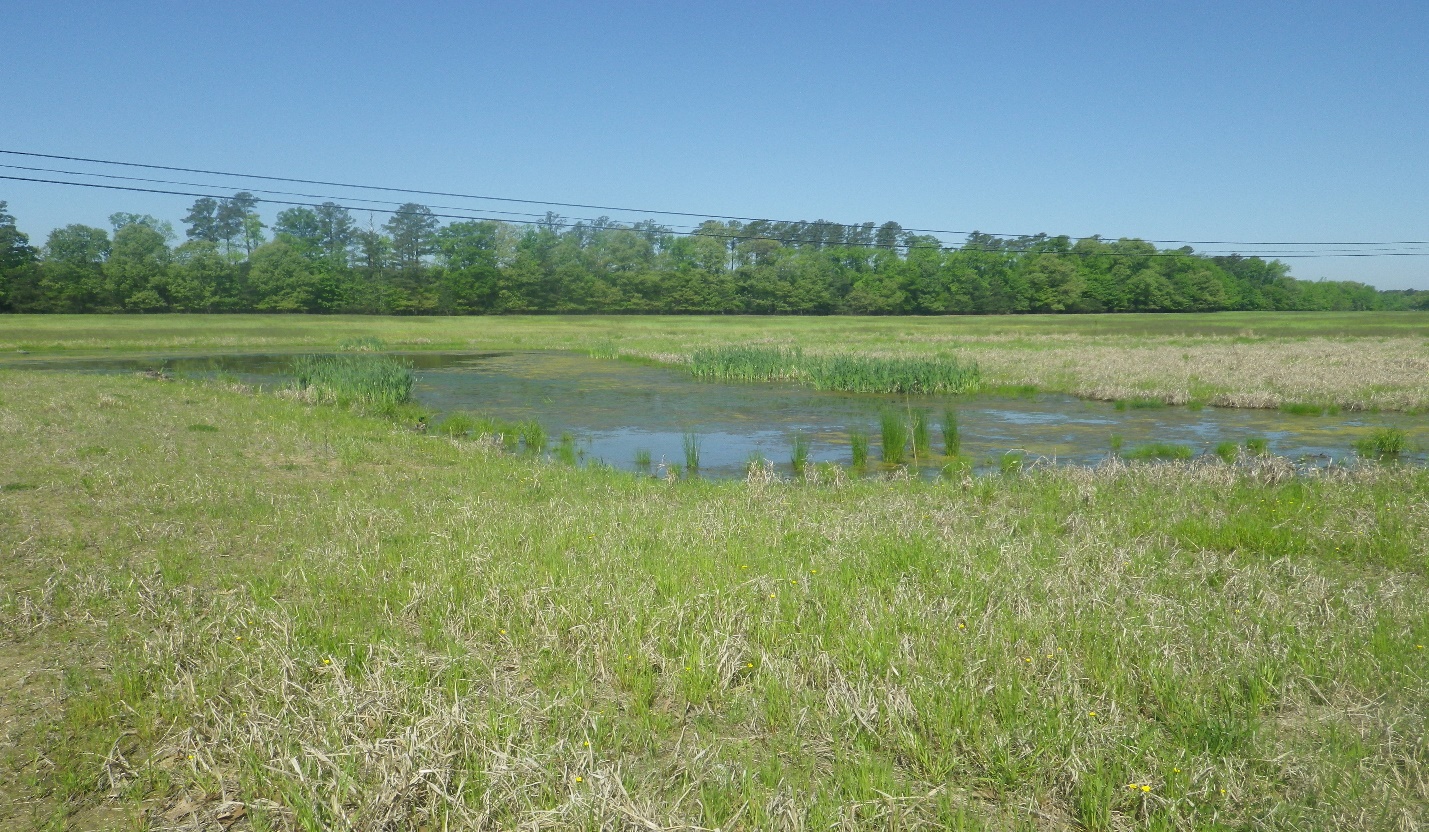
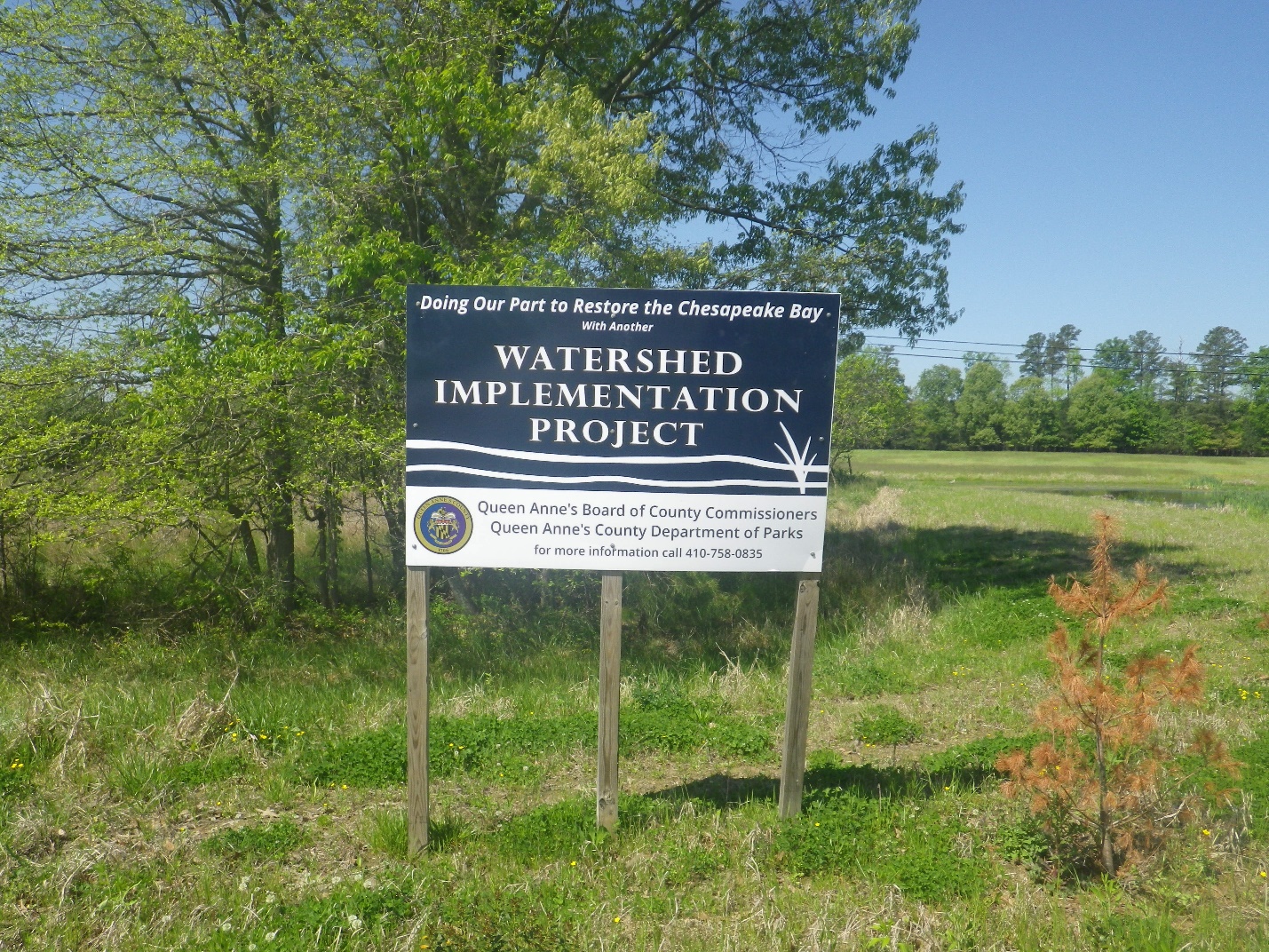
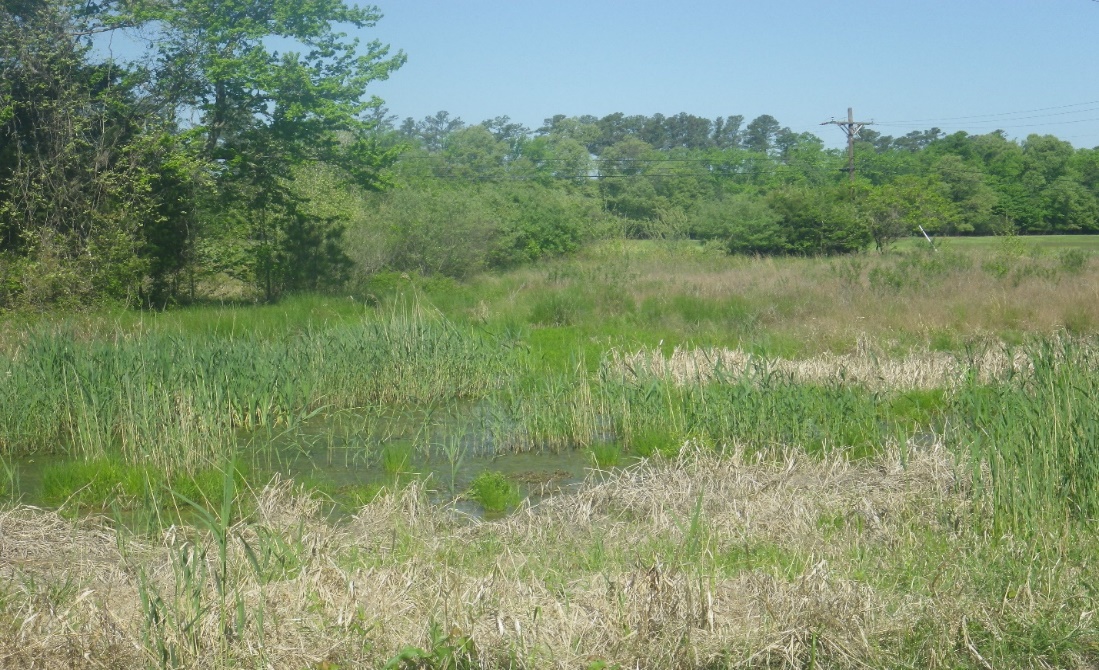
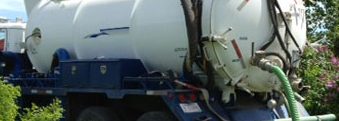
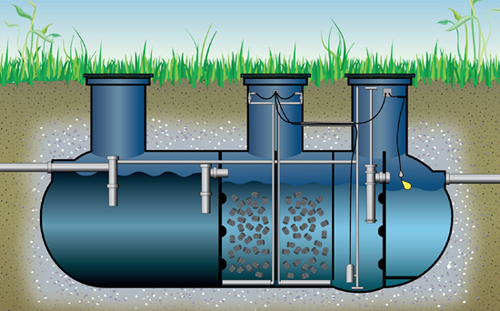
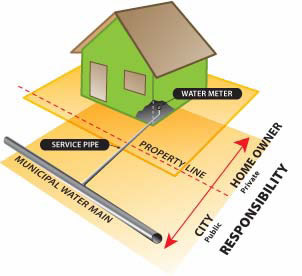
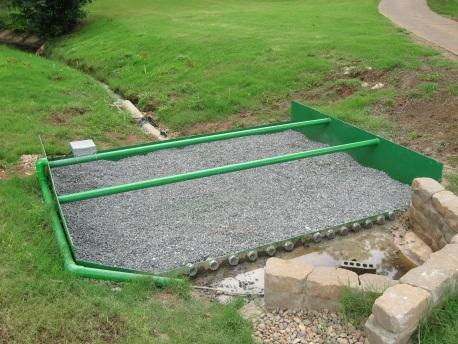
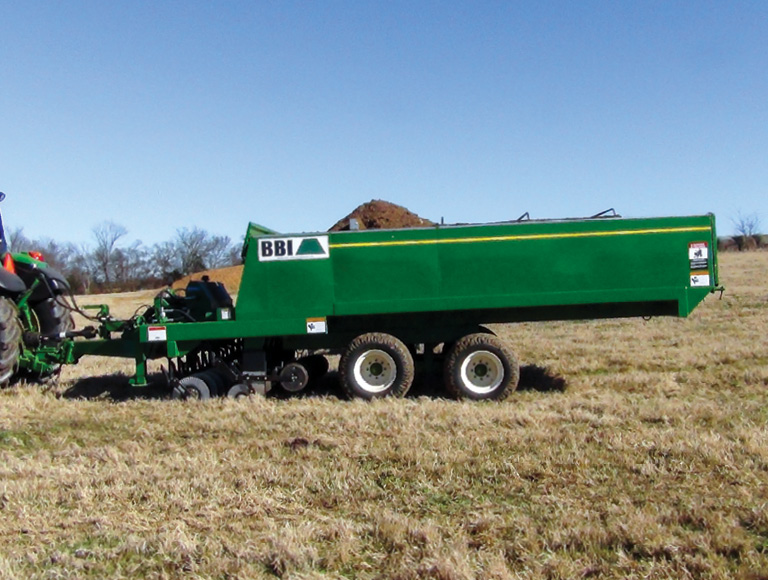
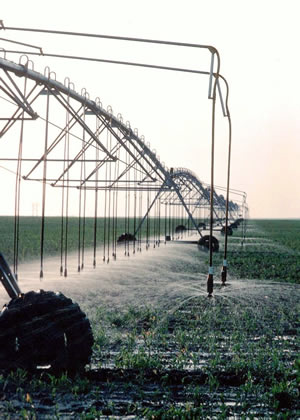
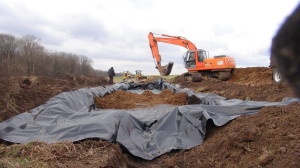
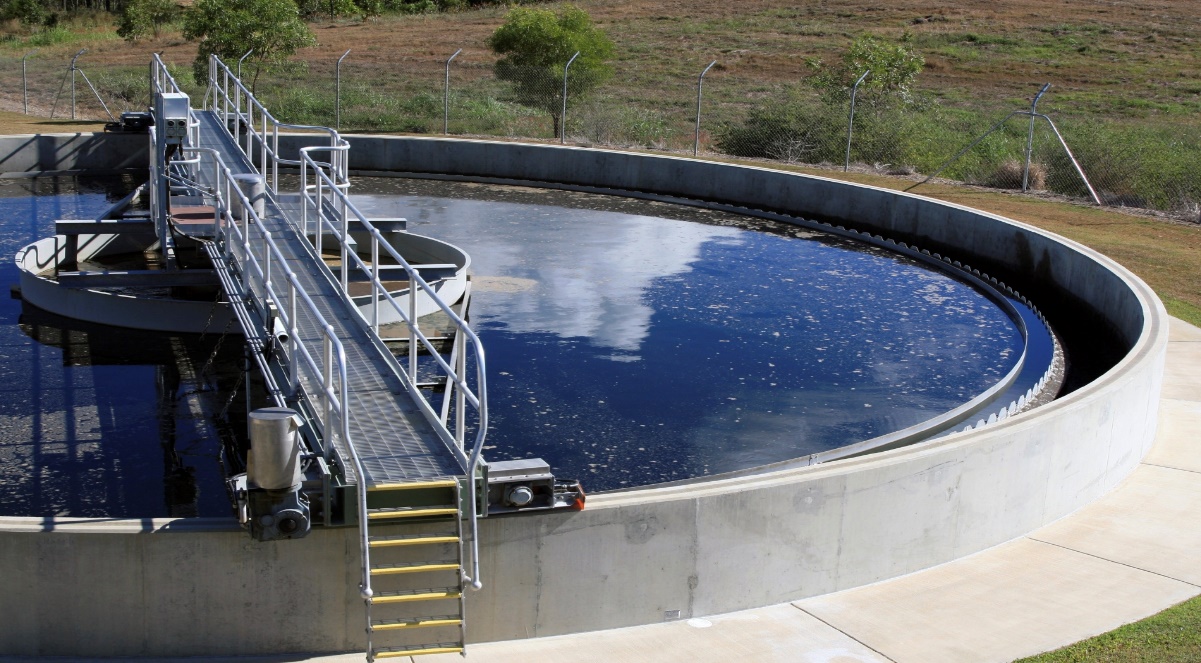
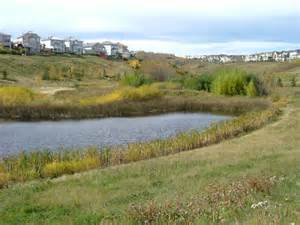
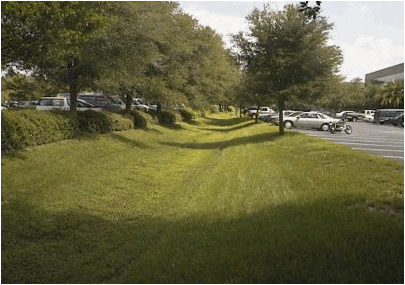
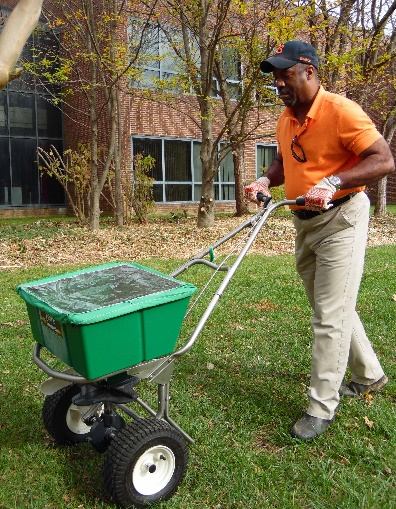

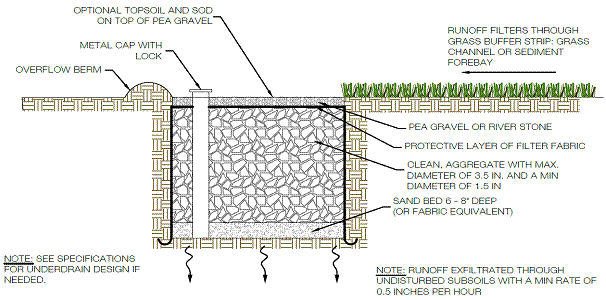
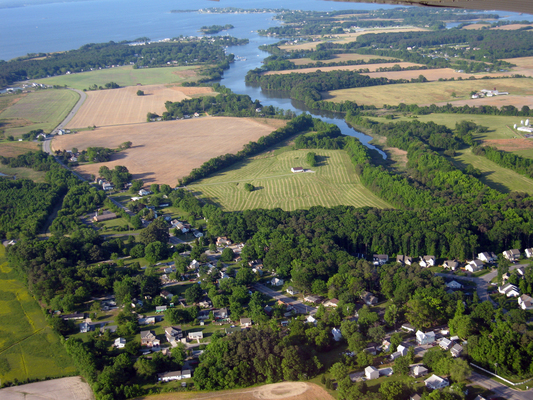
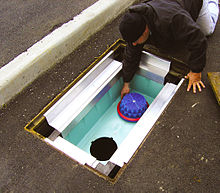
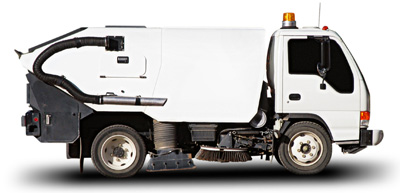
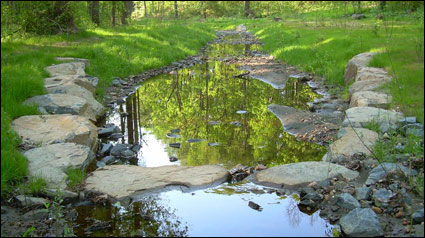
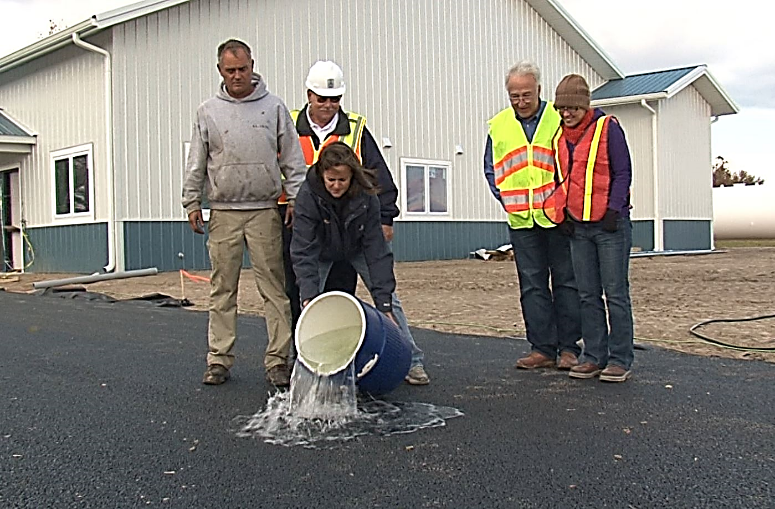
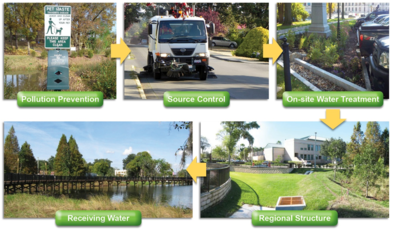
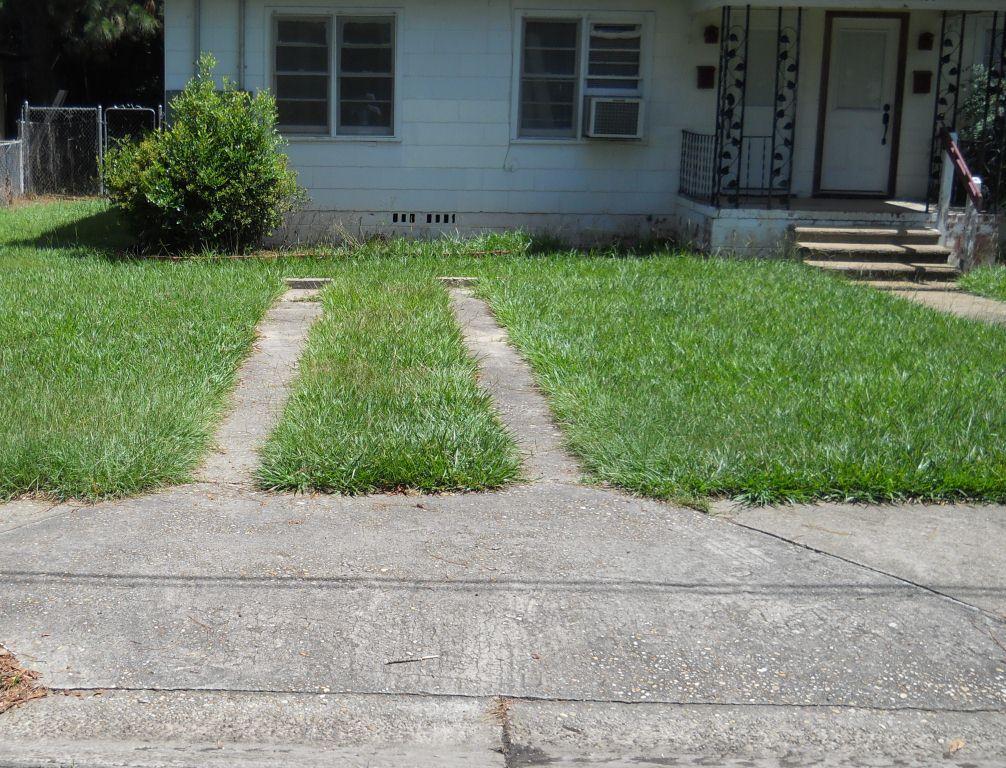
Feedback on This Best Practice